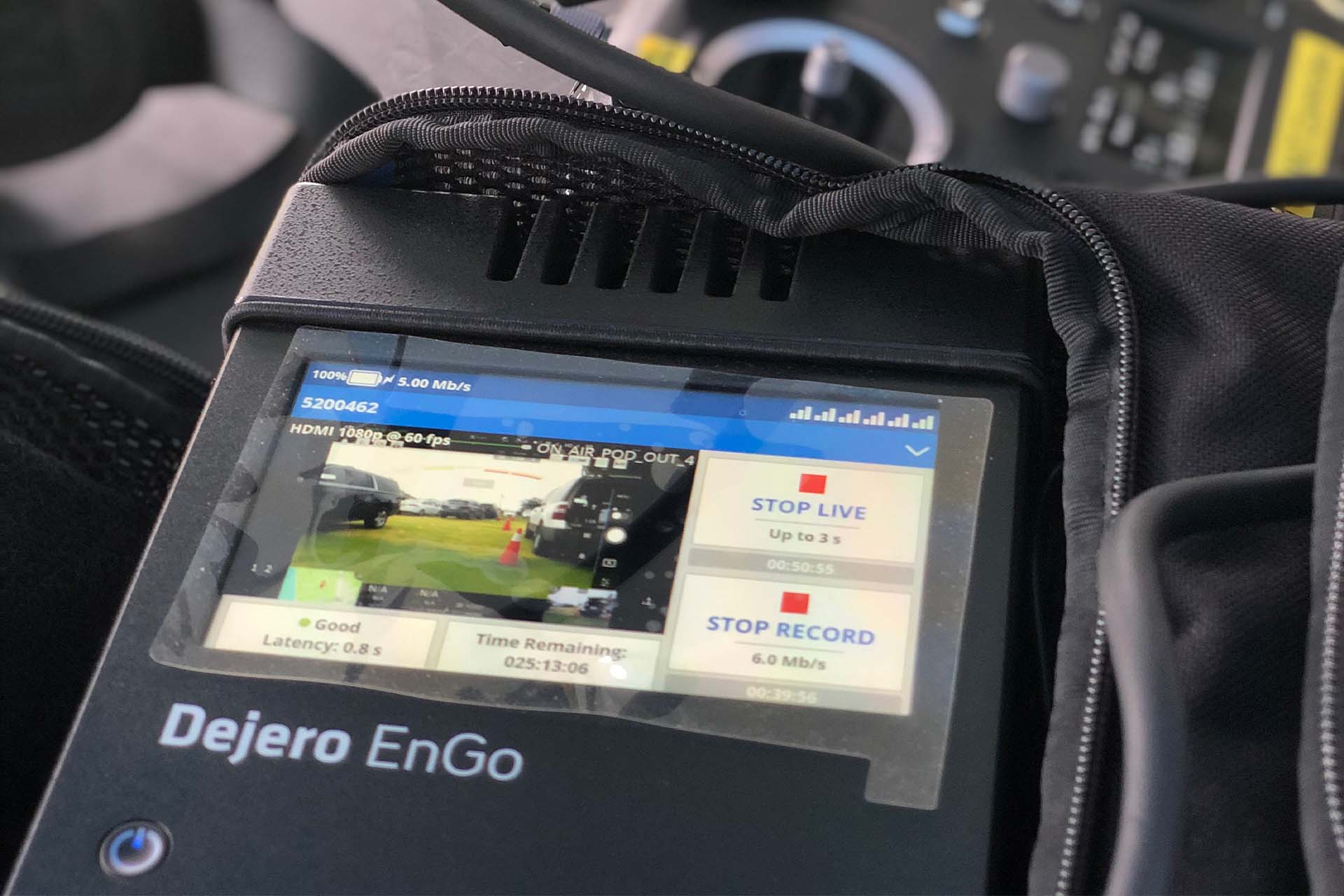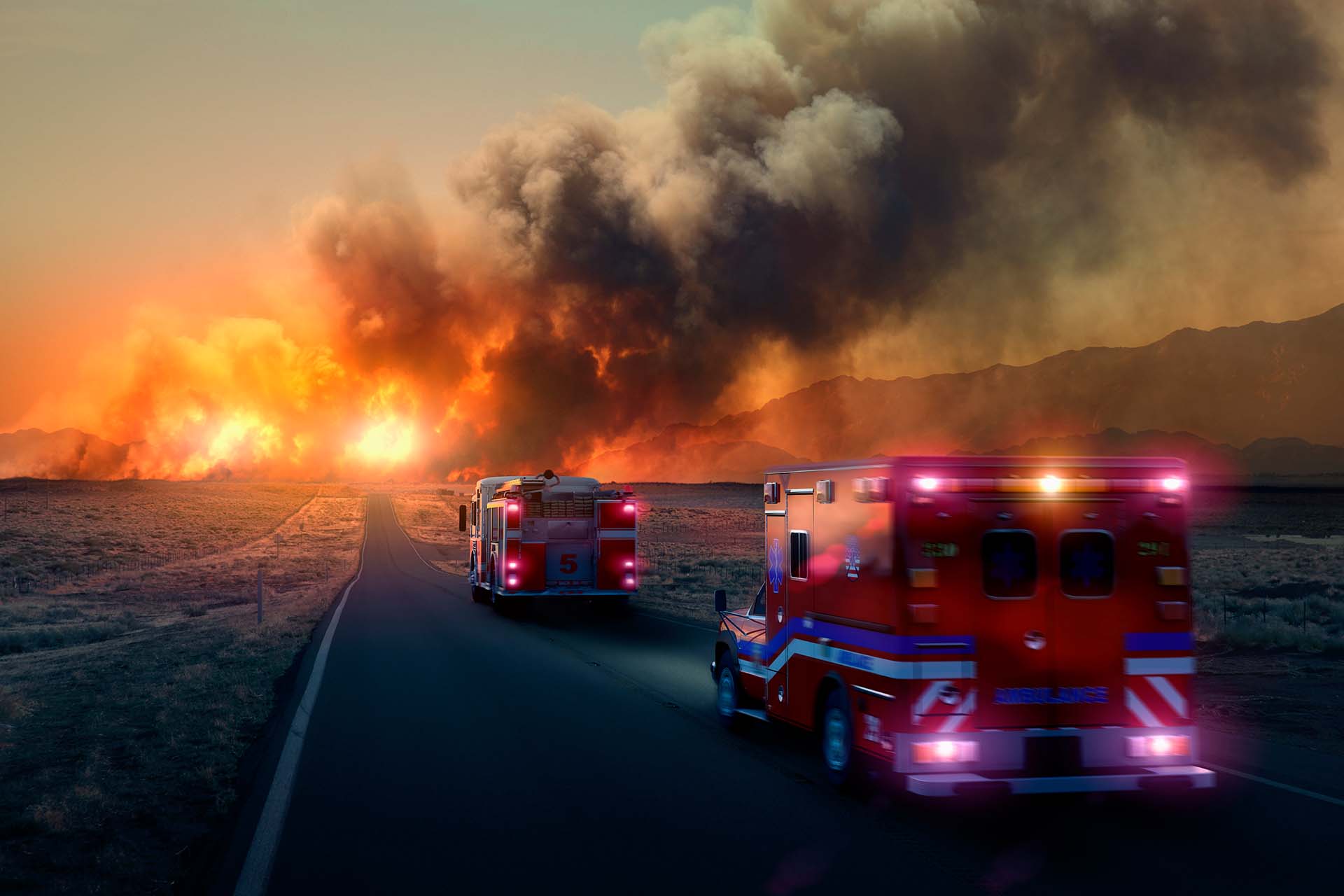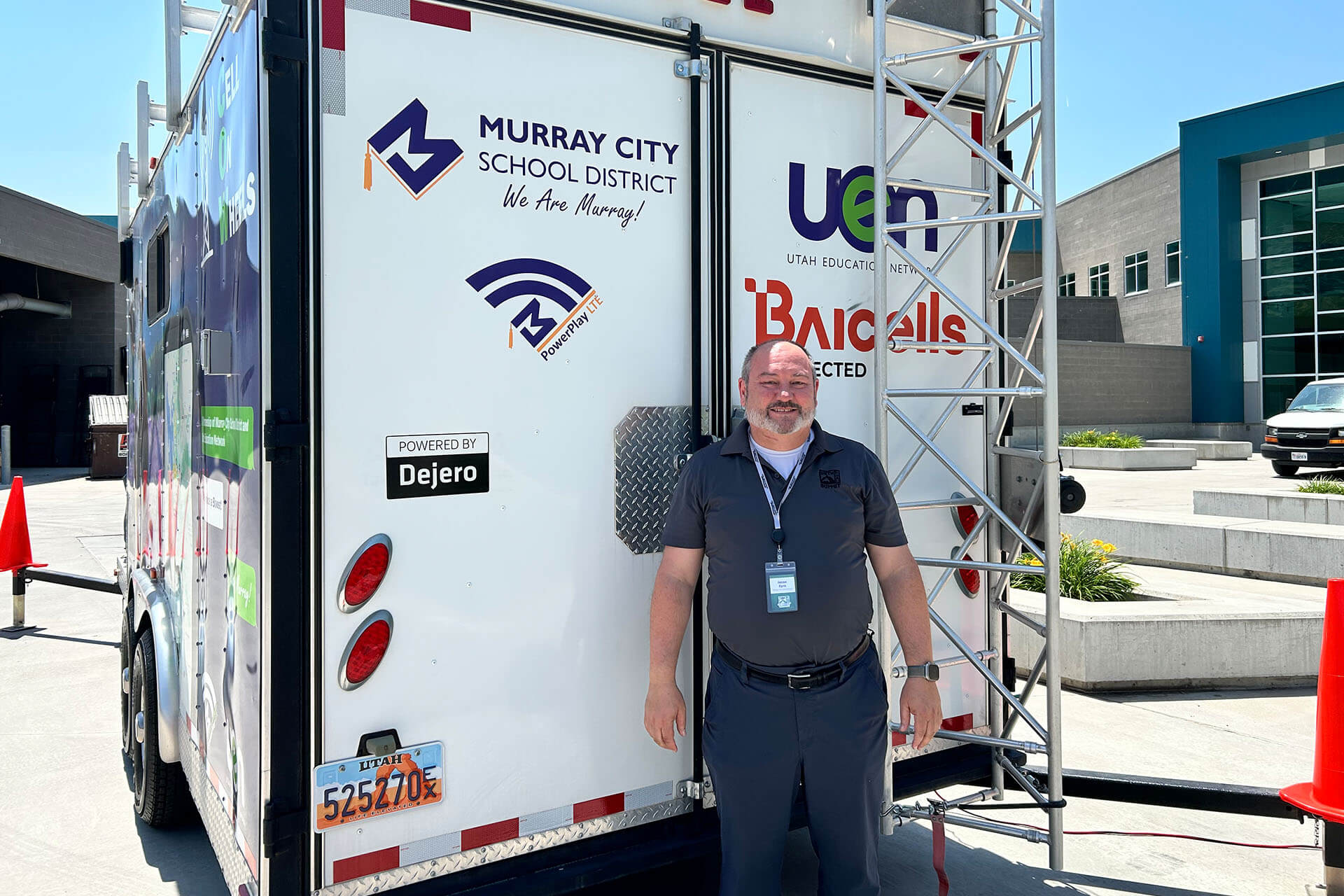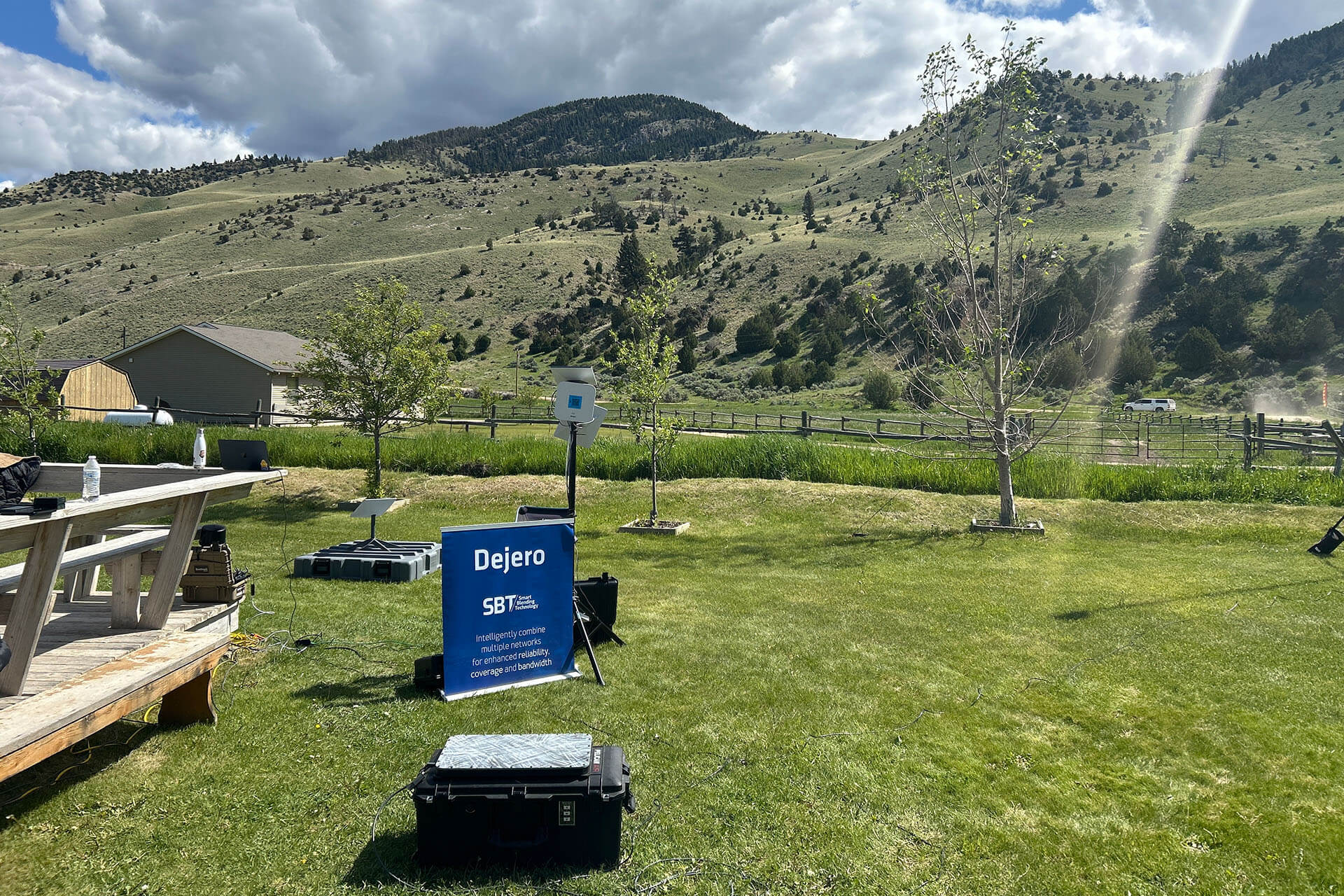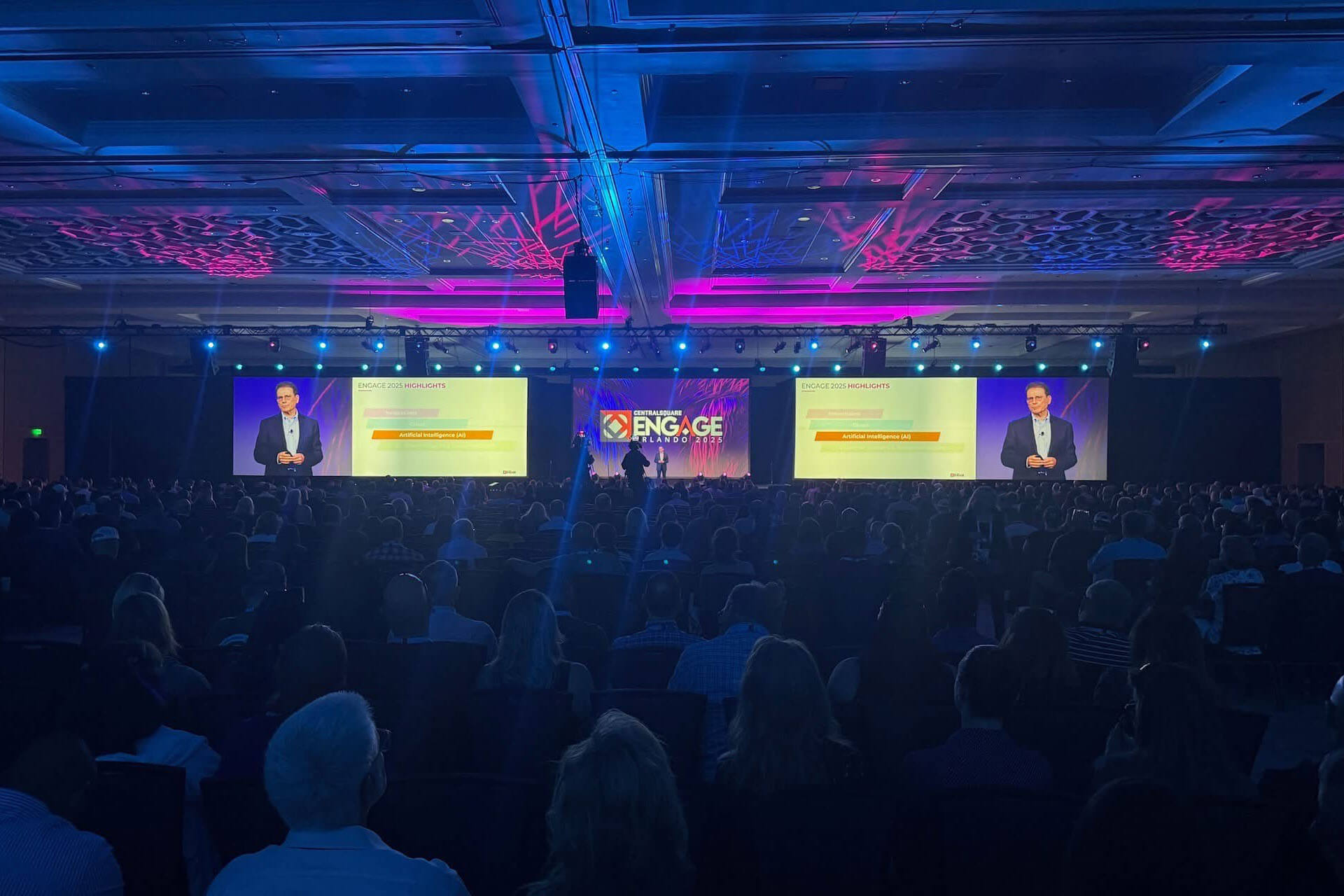First responders must be able to quickly and reliably get the critical information they need to make life-saving decisions. From enabling mobile commanders and field personnel to sending and receiving video and data from the field, to enhancing situational awareness and communication and enabling “mobile precincts,” reliable and fast connectivity can make a difference.
One of the most significant updates for 5G networks is the speeds it can achieve, with a peak download speed of 20 Gbps and peak upload speed of 10 Gbps. While the average speeds people experience in their day-to-day won’t be quite that, they will still be considerably faster than the 4G speeds we see today.
Reduced latency is another thing to expect, with up to ten times lower rates than over 4G. Since it measures how much time it takes for information to travel from one designated point to another, lower latency means communication can happen instantaneously over 5G.
Unlike commercial 4G networks, which can only use bands between 600 MHz and 3 GHz, 5G networks can facilitate connectivity on low, mid, and high frequencies.
The high speed, low latency, and massive capacity will be the key to allowing us to be more connected than ever before, enabling Internet of Things devices, and allowing game-changing applications for Public Safety organizations.
As public safety departments worldwide increase their use of video—from body and surveillance cameras to dash cams and unmanned aerial systems (UAS)—the amount of video that law enforcement agencies produce and ingest is soaring. 5G has the potential not only to enable the transmission of more and higher-quality video but to allow public safety organizations to leverage edge computing resources to pre-process feeds to prioritize immediately actionable information while storing secondary feeds for later transmission.
The introduction of 5G could also help drive down wireless broadband deployment costs, leading to better coverage of rural and underserved areas— aiding first responders, consumers, and businesses. While a lot of the potential for 5G has yet to be conceptualized, here are four examples of how it can be applied to public safety organizations.
1. Mobile Command
With the speed and low latency offered by 5G, it can provide reliable connectivity to enable connected command vehicles to send and receive data from cameras, sensors, and edge devices to and from the cloud.
2. Fleet Connectivity
The ability to send live video back to command centers and enable “mobile precincts” to help make appropriate response decisions or to retrieve vital data in the field, keep teams safe and ensure they can respond faster. For example, a mobile camera could capture a license plate and send it to the edge for instant analysis to alert an officer to take action.
3. Real-Time Video
Real-time data like video can help support and enhance a central command’s decision-making ability during sporting events, parades, protests, and other gatherings that draw large, mobile crowds.
4. UAS Situational Awareness
UAS are becoming increasingly common for law enforcement and fire service organizations. With 5G connectivity, they can provide real-time video from the safety of the sky to improve situational awareness in emergencies.
The role of 5G in Smart Blending Technology
Even when 5G connectivity becomes commonplace, ensuring reliable and high-quality connections requires blending 5G with 4G LTE and satellite connections without losing connectivity or IP addressing changes.
For Dejero, 5G is simply a new ingredient in our blending recipe, joining 4G, satellite, Wi-Fi, and broadband connections. Our Smart Blending Technology simultaneously blends IP connections from multiple providers to form a virtual ‘network of networks,’ intelligently managing individual connections’ fluctuations, packet loss, and latency differences in real-time. The result is enhanced network reliability, expanded coverage, and greater bandwidth.
We are embracing the transition as 5G, LTE, GEO satellites, and emerging connectivity options come online.
Learn more about our solutions for Public Safety or reach out to our sales team to discuss how we can provide critical connectivity for your organization.


